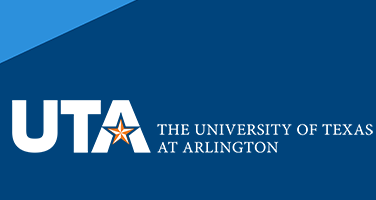Graduation Semester and Year
2022
Language
English
Document Type
Dissertation
Degree Name
Doctor of Philosophy in Electrical Engineering
Department
Electrical Engineering
First Advisor
Yuze Sun
Abstract
ABSTRACT: Over the past decade, optofluidic lasers have gained much popularity owing to their unique optical and mechanical properties. Optofluidic lasers are flexible, reconfigurable, easy to fabricate and their emission spectrum can be dynamically tuned. One type of these lasers with high Q-factors, is optofluidic droplet laser, which is a miniaturized ring resonator consists of liquid gain medium and optical microcavity made of two immiscible liquid phases. As light couples into the cavity, the whispering gallery mode will be guided around the concaved closed loop surface and it will be constantly reflected owing to total internal reflection. Due to its intrinsic smooth shape, optofluidic lasers can have a Q-factor between ?10?^4 to?10?^6. Optofluidic lasers have applications in biosensing, imaging, and lab-on-a-chip light sources. One of the most effective excitation methods of optofluidic lasers is through the Förster resonance energy transfer. Here, by exciting donor molecules, they transfer energy non-radiatively to acceptor molecules which are in close proximity of the donor. Using non-radiative energy transfer, we can tune laser emission spectrum over a wide spectral range without a need to change the excitation source. Energy transfer efficiency is highly sensitive to the donor/acceptor distance. In this dissertation, we studied and developed both coherent and non-coherent compact light sources using the Förster resonance energy transfer. In chapter two, we developed a self-sustained optofluidic monolayer Förster resonant energy transfer laser. In this method, gain medium molecules are located at the liquid-liquid interface. This ensures that the entire gain medium interact with optical modes. Moreover, in this method the distance between donor/acceptor is close enough to have an efficient energy transfer. Monolayer Förster resonant energy transfer laser provides low lasing threshold for dye concentrations as low as a few micromolar and high energy transfer efficiency. We could achieve 4.57 µJ.mm-2 lasing threshold density. Also, we simulated and developed a MATLAB GUI for calculating Förster resonant energy transfer efficiency and lasing threshold of these optofluidic droplet lasers. In chapter three, we presented the design and operation of an on-chip solid-core/liquid-cladding (SL) waveguide excited by an evanescent wave. This optofluidic platform is facilitated by integrating an optical fiber into a microfluidic device. The waveguide has propagation loss as low as about 0.1 dB/cm in the visible spectral range. By exciting the fiber, the dye-doped liquid cladding will be excited uniformly by the evanescent field of guided light. We demonstrated a broad-band and simultaneous light source using cascade SL waveguide segments through fluorescence resonance energy transfer.
Keywords
Fluorescence resonance energy transfer, Monolayer, Rate equation, Critical micelle concentration, Optofluidic laser
Disciplines
Electrical and Computer Engineering | Engineering
License

This work is licensed under a Creative Commons Attribution-NonCommercial-Share Alike 4.0 International License.
Recommended Citation
Kenarangi, Fariba, "OPTOFLUIDIC DROPLET LASERS ENABLED BY FLUORESCENCE RESONANCE ENERGY TRANSFER" (2022). Electrical Engineering Dissertations. 217.
https://mavmatrix.uta.edu/electricaleng_dissertations/217


Comments
Degree granted by The University of Texas at Arlington